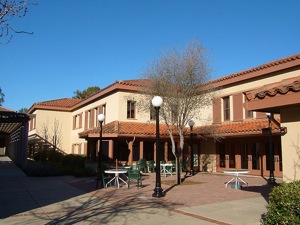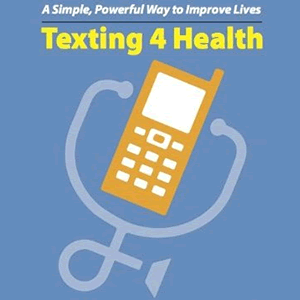While this research remains popular today, please note we are no longer maintaining all of the links in this project.
The Persuasive Tech Lab did early research on the factors that affect the credibility of websites. Since our investigations in the 1990s, we’ve found that online credibility has morphed. With the rise of Web 2.0 services, the focus of credibility evaluations extend beyond the page to the people represented. In other words, Credibiltity 2.0 has become more like reputation, or perceived reputation.
The researchers compiled 10 guidelines for building the credibility of a web site. These guidelines are based on three years of research that included over 4,500 people. It is still a popular resource today.
 Dr. BJ Fogg directs the Persuasive Tech Lab at Stanford University. A psychologist and innovator, he devotes half of his time to industry projects. His work empowers people to think clearly about the psychology of persuasion — and then to convert those insights into real-world outcomes.
Dr. BJ Fogg directs the Persuasive Tech Lab at Stanford University. A psychologist and innovator, he devotes half of his time to industry projects. His work empowers people to think clearly about the psychology of persuasion — and then to convert those insights into real-world outcomes. Please feel free to contact the Stanford Persuasive Tech Lab. We appreciate your inquiries and feedback. We maintain an office on the Stanford campus but
Please feel free to contact the Stanford Persuasive Tech Lab. We appreciate your inquiries and feedback. We maintain an office on the Stanford campus but  Building on our previous research about computers using the power of narratives, we’re investigating how to tell visual stories in a way anyone can understand, regardless of language or literacy. But that’s not all . . . we also want to deliver these stories via mobile phones, the most personal (and persuasive) of all interactive technologies. Previous steps in this research were funded by Stanford Media-X and the National Science Foundation.
Building on our previous research about computers using the power of narratives, we’re investigating how to tell visual stories in a way anyone can understand, regardless of language or literacy. But that’s not all . . . we also want to deliver these stories via mobile phones, the most personal (and persuasive) of all interactive technologies. Previous steps in this research were funded by Stanford Media-X and the National Science Foundation.


